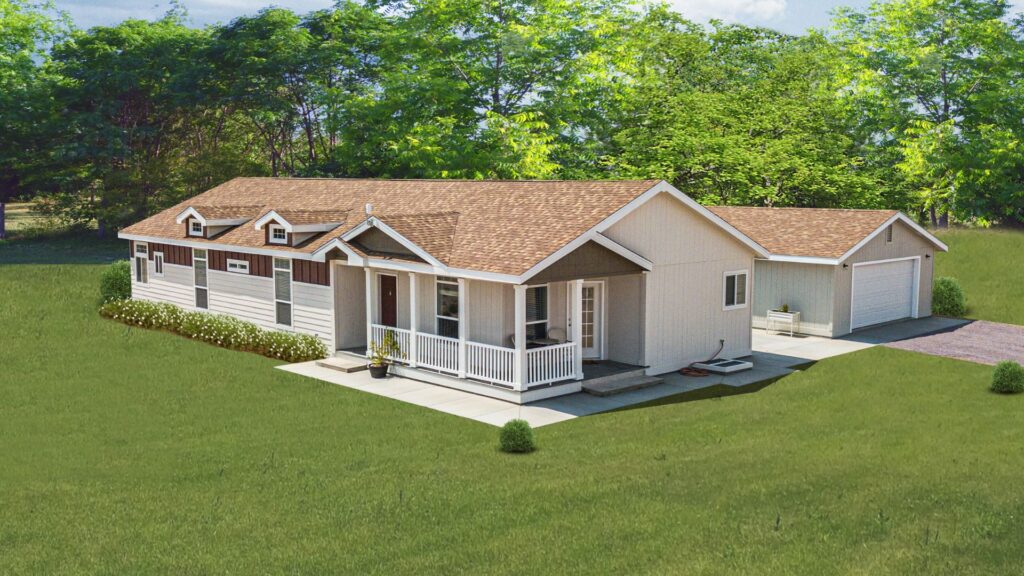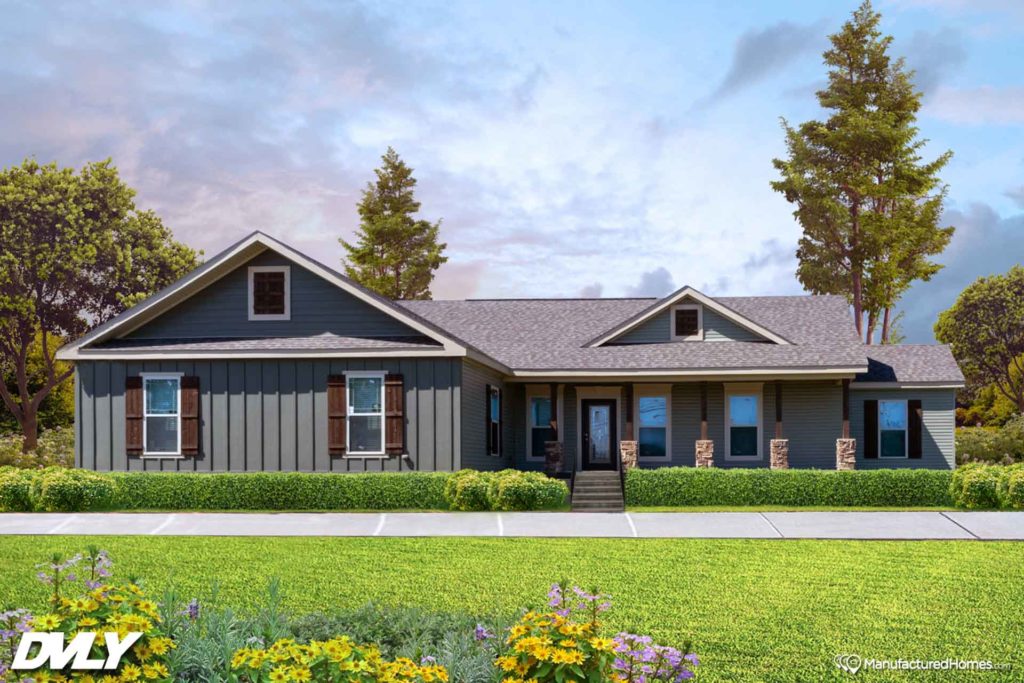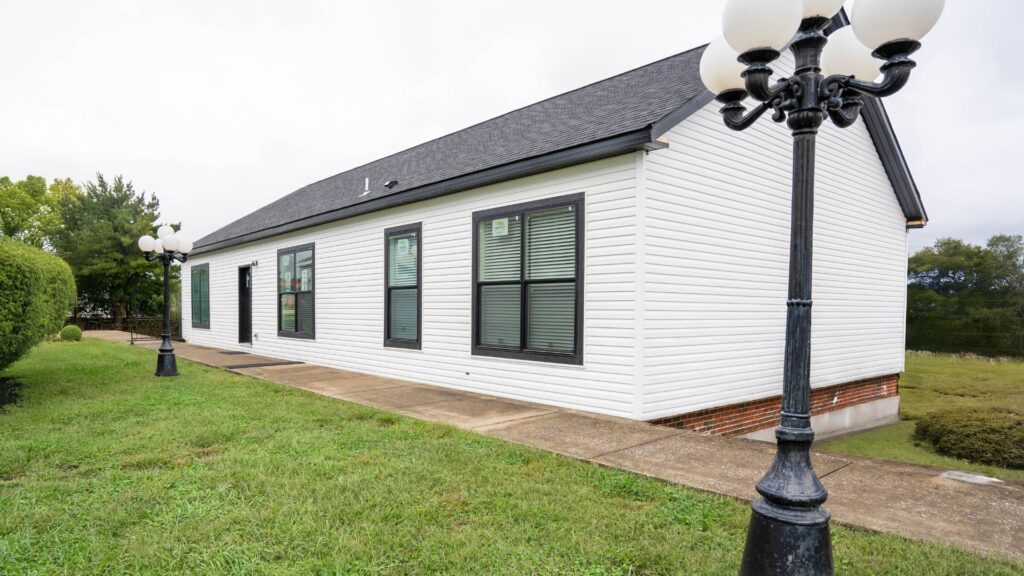Modular homes have become a popular choice for many homeowners due to their affordability, customization options, and quick installation. However, the success of the installation process largely depends on how well the land is prepared beforehand. Many homeowners may not be aware of the specific steps needed to prepare their land for a modular home installation.
To ensure a successful installation and avoid any costly mistakes, it’s important to understand the do’s and don’ts of preparing your land for a modular home. By following the proper steps and guidelines, you can set the stage for a seamless modular home installation process.
1. Get a Site Inspection
Before you begin preparing your land for a modular home installation, it’s crucial to get a site inspection from a professional. A site inspection will help identify any potential issues or challenges that may arise during the installation process. This can include things like uneven terrain, poor soil conditions, drainage issues, or obstacles that could hinder the placement of your modular home.
A professional inspector can also help determine the best location for your modular home, taking into account factors such as sunlight exposure, views, and access to utilities. By getting a site inspection before you start preparing your land, you can address any potential issues early on and avoid costly delays or complications.
2. Clear the Land
Once you have received a site inspection and identified any potential issues, the next step is to clear the land of any obstacles or debris. This includes removing trees, rocks, shrubs, and other vegetation that could interfere with the placement of your modular home. It’s important to clear a sufficient area for the foundation and footprint of your home, as well as for any necessary utilities such as water, electricity, and septic systems.
While clearing the land, be sure to follow local regulations and obtain any necessary permits or permissions. It’s also a good idea to consider the natural surroundings and preserve any trees or vegetation that can enhance the aesthetics of your property.
3. Level the Ground
One of the most important steps in preparing your land for a modular home installation is to ensure that the ground is level and stable. This will help prevent any structural issues with your home and ensure proper drainage around the foundation. To level the ground, you may need to hire a professional grading contractor who can use heavy equipment to properly grade and compact the soil.
It’s important to avoid any shortcuts or DIY grading methods, as an uneven or unstable foundation can lead to costly repairs down the line. Additionally, be sure to consider factors such as water runoff and drainage when leveling the ground, as proper drainage is essential to prevent water damage and erosion around your home.
4. Install Utilities
Before the modular home can be installed, it’s essential to have all necessary utilities in place. This includes connecting to water, electricity, and sewer or septic systems. It’s important to work with licensed professionals to ensure that all utility connections are done correctly and up to code.
When installing utilities, be sure to consider factors such as the location of utility lines, access points, and any necessary permits or inspections. It’s also important to coordinate with your modular home manufacturer to ensure that the site is properly prepared for the installation of utilities.
5. Plan for Access
When preparing your land for a modular home installation, it’s important to consider access to delivery trucks and construction equipment. Make sure there is a clear path for vehicles to enter and exit the site, as well as enough space for maneuvering and parking. This will help ensure a smooth and efficient installation process.
6. Don’t Forget About Zoning Regulations
Before you begin preparing your land for a modular home installation, it’s crucial to check with your local zoning regulations and building codes. Make sure that your property is zoned for residential use and that you comply with any restrictions or requirements for modular homes. Failure to adhere to zoning regulations could result in fines, delays, or even the inability to install your modular home on the property.
Get Started Today
If you’re interested in learning more about modular homes, contact Family Dream Homes. We’re here to help with any questions you may have!



